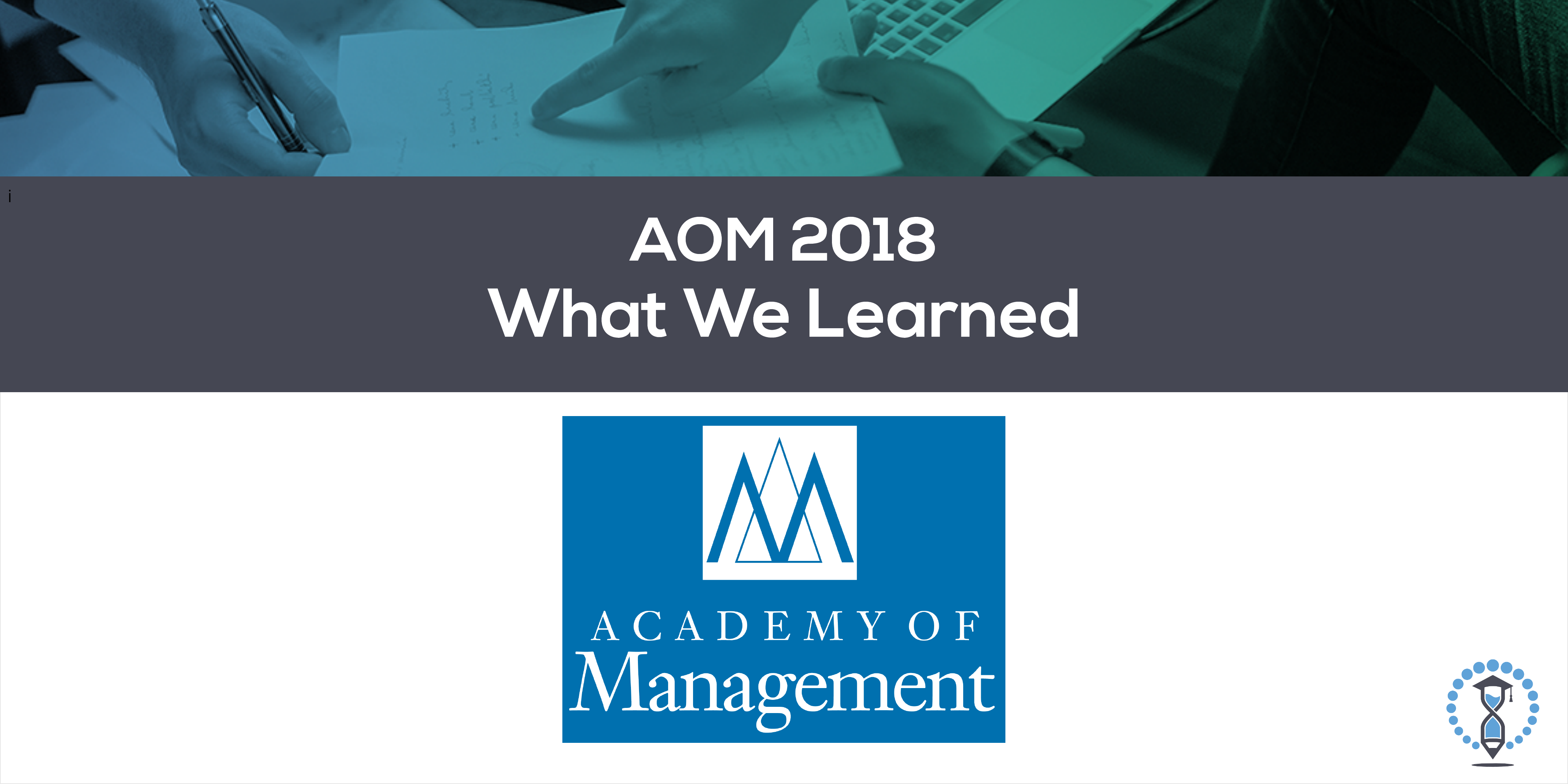
The Real Time Cases team was delighted to exhibit at this year’s annual meeting of the Academy of Management. Throughout the experience, one of the most common questions posed by instructors asked about the production process of our unique video-based case studies. More specifically, upon realizing that our cases feature executives from real companies describing issues they are actively dealing with, professors asked about how the activities are developed and assembled. In particular, how are we able to build a pedagogically aligned case study around video interviews with leaders from real businesses?
To get a deeper insight on how the case production process works, we interviewed Jennifer Stecklow, our Director of Learning Solutions and Instructional Design. She was the first employee at Real Time Cases (aside from our co-founders), and joined because she was drawn to the company’s mission of enabling instructors to more easily bring the vibrant real world of business into the classroom.
To ensure that Real Time Cases’ content meets accreditation standards and delivers an educational experience that is both engaging and pedagogically sound, Jennifer’s team manages a specific and stringent process that can be described in four essential steps:
-
Mapping Cases to Specific Academic Areas: During the kickoff meeting with the Partner Company, the case overview and business challenges are discussed. Once the challenges are comprehensively understood, Real Time Cases works with our in-house Subject Matter Experts to determine which business unit to focus on, and align it to a specific academic area by course topic and other leveling.
-
Creating the Interview Guide: This is where the magic really happens. Videos allow the interviewee to take the student on a journey and each step of that is meticulously planned. The interviews are structured in such a way so as to prevent the executive from either repeating themselves, or discussing information that is not relevant to the main business challenge. Through the careful work of our Instructional Designers, Business Analysts, and Subject Matter Experts, the interviewee is able to address each level of the problem before presenting their main question to the students.
-
Filming with the Video Index Guide: Prior to filming, the subject matter experts align the Interview Guide with corresponding course areas and theories. During the filming, the team is able to ask clarifying questions as needed to fill in any gaps across these categories.
-
Synthesizing for Post-Production: In this last phase, the Teaching Notes are created, encompassing the company overview, theories, discussion prompts, and suggested assignments. Closed-captioning is added to the videos, a final round of quality checks are performed, and the cases are then published to the Real Time Cases platform.


